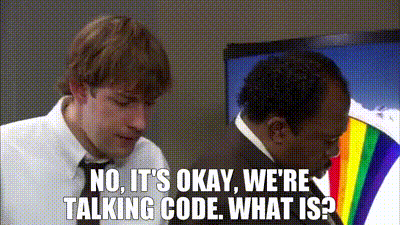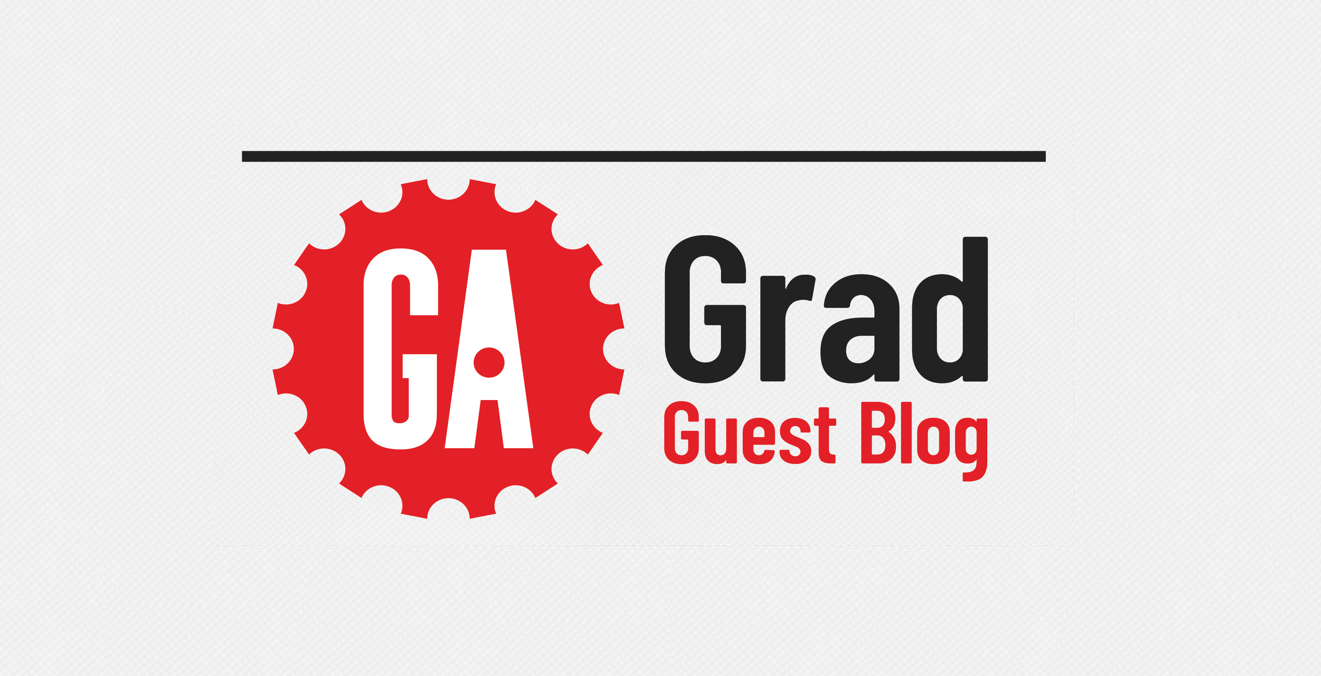As you near the end of your General Assembly bootcamp cohort, the thought of your final project begins to loom large. This project is more than just an assignment—it’s the capstone that will encapsulate everything you’ve learned, offering you the freedom to add your own creative twists. However, with graduation on the horizon and a competitive job market waiting on the other side, the pressure to make it outstanding can be intense.
By all accounts, your final project should be the crown jewel of your portfolio—a clear demonstration of your technical prowess. It needs to shine during demo days, career fairs, and interviews. Beyond impressing your peers and instructors, you want to showcase skills that are in demand in today’s market.
When I was a GA student, this meant focusing heavily on frontend frameworks like React, backend frameworks like Node/Express, and implementing authentication with JSON Web Tokens. Today, you might find that MongoDB, React, and a touch of AI/ML or cloud technologies are more relevant.

Getting Out of Your Head and Getting Started
Out of all the projects I worked on during my GA experience, none stumped me more than the final one. The sheer magnitude of what it represented was paralyzing. How could I possibly choose one idea to compress all I’d learned? How could I incorporate something new and exciting that would stand out? And how could I make it personal, ensuring it reflected my unique interests and skills? These questions swirled around in my head, leaving me stuck and unable to make progress.
Eventually, I sought help by discussing my challenges with a close classmate. We brainstormed together, working through some initial ideas and scratching out bad ones. Talking to peers, friends, or trusted associates who are also technically inclined can be incredibly helpful. It not only unblocks your creative process, but also makes the journey more enjoyable. Coding and talking about coding is a sweet spot—lean into it.

Learn From My Failure—Don’t Overload and Overcommit
With my friend’s help, I started to map out a project that resembled a small social platform where users could read and write long-form reviews for books, podcasts, TV shows, movies, and more. It seemed straightforward enough—until I made a mess of things.
First, I had the brilliant idea to build a React on Rails application. If you know what that entails, you’ll understand it wasn’t the best decision. At the time, there was limited documentation available, and my skills weren’t advanced enough to handle the architecture I’d chosen. But did I stop there? Nope. I also decided to teach myself Redux, a popular state management framework that we hadn’t covered in class.
For the next two weeks, I juggled between following tutorials from a textbook to learn Redux for my React frontend, and setting up my Rails backend, naively thinking I could easily connect the two at the last minute. My motivation waxed and waned as I dug myself deeper into a hole of complexity and wasted time.
Here’s a critical piece of advice: don’t do what I did. While it’s important to stretch your skills and learn new things, don’t bite off more than you can chew unless you’re certain you have the time and resources to pull it off. Avoid choosing a stack that’s sparsely documented or rarely used in the industry.
Sure, I finished an MVP of the app, and it demoed well enough during my class’s final presentation. It was sufficient for a passing grade, but I wasn’t proud of it, and it wasn’t something I’d ever want to showcase to a prospective employer. Simply put, it was a failure. And while failure is a valuable learning experience, your final project is not where you want to stumble.

Five Tips to Achieve Final Project Success
To help you avoid a similar fate, here are a few tips to set yourself up for success with your final project:
- Play to Your Strengths: Choose a project that highlights the skills you’ve already developed during the course. Don’t try to learn an entirely new framework or technology at the last minute unless it’s crucial to the project.
- Focus on Market-Relevant Skills: Make sure your project showcases skills that are in demand. If you’re unsure, research current job listings to see what technologies and frameworks employers are seeking.
- Start Simple, Then Iterate: Begin with a manageable project scope. You can always add more features later, but having a solid foundation is crucial.
- Seek Feedback Early and Often: Don’t wait until the end to show your work. Get feedback from peers, instructors, or even potential users as early as possible.
- Make It Personal: Your project should reflect your interests and passions. This will not only make the work more enjoyable, but will also help your project stand out.
Keep Your Focus and Crush Your Final Project
Your final project is your battleground, where you prove you can survive the chaos and emerge with something that’s not just functional, but alive. This isn’t about playing it safe with some soulless app—it’s about creating something that hits hard and leaves a mark. Know your limits, but don’t be afraid to push them—just don’t push so far that you break. Stick to what you know, add your twist, and make it uniquely yours.
When the dust settles on demo day, you want to be the one standing tall, with a project that says, “Yeah, I built this. And I damn well know what I’m doing.” This isn’t just a final project—it’s the culmination of your unique bootcamp story, and you’re the one who gets to tell it.
Ready to make your bootcamp story real? Get started by exploring your course options.
ABOUT TIM BRUNS

A few years after graduating college, Tim realized his lifelong dream of becoming a sales trader. But after reaching the summit, he quickly realized his dream career was the wrong fit — for a litany of reasons. So at 27 years young, he had a “eureka” moment, quit his supposed dream job, and attended a General Assembly coding bootcamp. It was both the most radical and important decision he’d ever made. With help from General Assembly, he re-learned how to learn immersively, acquired domain expertise, and landed as an early employee at a scrappy tech startup — where he still works today as a Team Lead & Sr. Solutions Engineer. Check out Tim’s blog for everything from advice on choosing a coding bootcamp to no-nonsense LA restaurant reviews.
